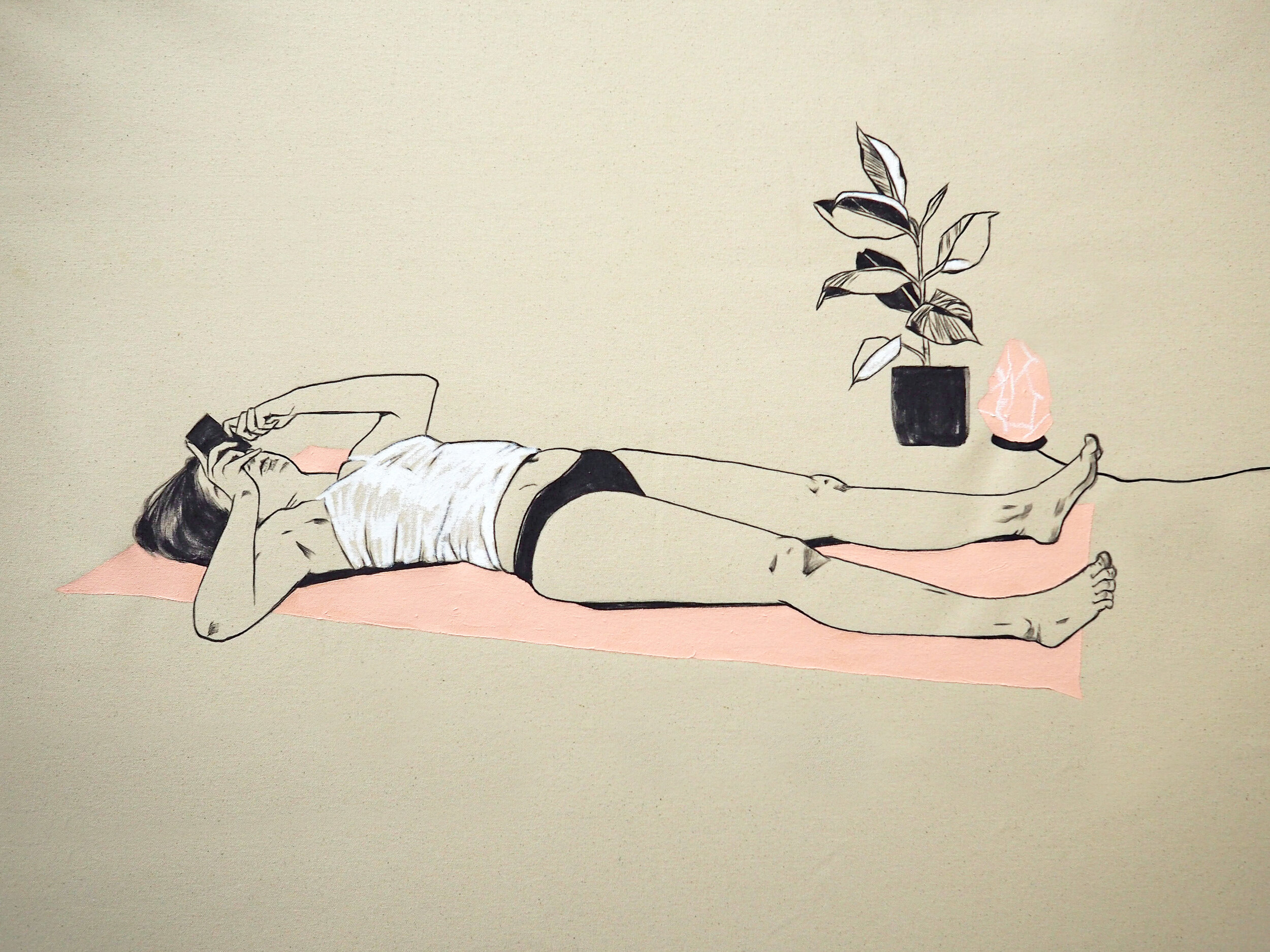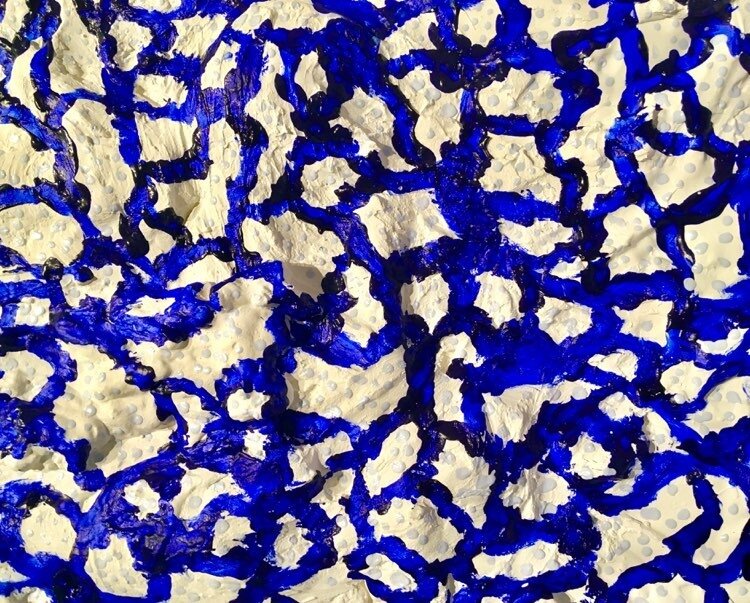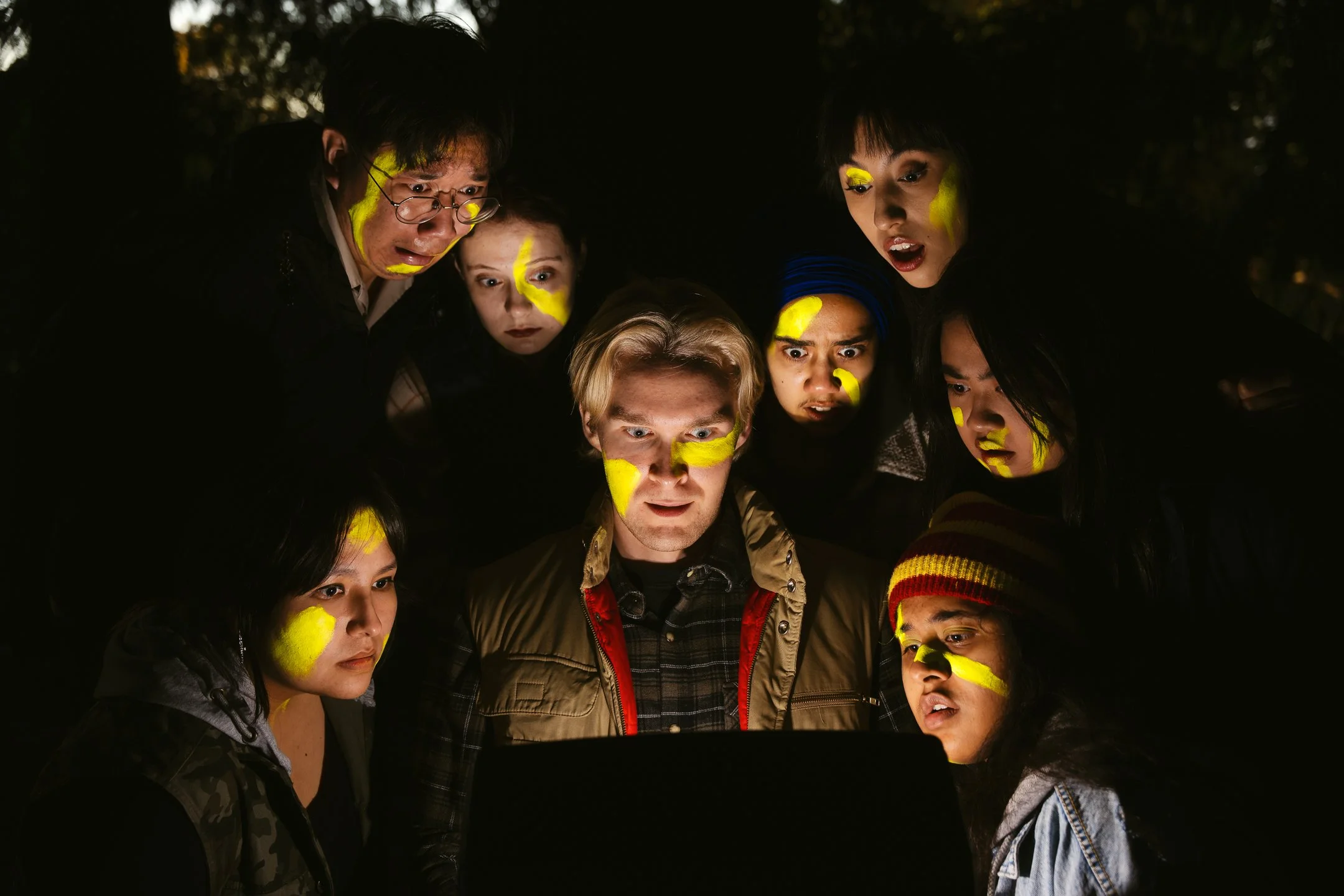Burrard Arts Foundation reopens with 3 New Exhibitions by Vancouver-based artists
/Three new art exhibitions have opened at Burrard Arts Foundation (BAF), a local visual arts nonprofit and gallery.
Two of the shows were produced by the latest participants in BAF’s Residency Program, photographer Jackie Dives and painter, illustrator and tattooist Katie So. During the program, the two artists worked side-by-side in the two studios at BAF’s purpose-designed facility in the False Creek Flats. Also opening is new work from Caitlin Almond in BAF's Garage; this street facing exhibition window displays art to the public 24 hours a day and showcases early-career artists.
With ‘Becoming Not a Mother’, Jackie Dives processes the intense feelings of loss and alienation that followed in the wake of a life altering choice. As she uncovers, when you decide not to become a mother, there is no word for what you are becoming.
The work is diaristic: Dives shares her day-to-day existence through snapshot-style photographs that are spontaneous, whimsical, and sincere. Everyday moments are imbued with magic and special meaning: light and shadows cast by a flower on her windowsill, her cat frozen as it descends onto her bed.
We also witness rituals of self-care and healing, from tarot card reading to snowshoeing, to that formed part of Dives’ exploration into this next phase of life as not-a-mother. The works are hung together, inviting the viewer to interpret them as an interconnected whole.
Contrasting these candid works are carefully posed black-and-white portraits of women who have played significant roles in her life. It isn’t easy to find role models for not-motherhood; our society seems to value motherhood for women above all else. Some of the women she honours are mothers and some are not, but all have grounded and supported Dives during this lonely and uncertain time.
The portraits were shot in BAF’s Residency studio; for Dives, the space and time the residency provided became part of her healing process. ‘Becoming Not a Mother’ shares an experience that, for many, has been undocumented and unnamed.
Katie So’s ‘Take Care’ deals with themes, like mental health, self-care, and domestic space, that feel more relevant now than ever. Self-care has become both simplified and commercialized; portrayed as fun and indulgent when it can also be a matter of discipline and strength. Through installation and works on canvas, Katie So’s new exhibition ‘Take Care’ highlights this complex reality.
So, who has shared her struggles with depression and anxiety extensively within her art practice, invites us into a domestic space inhabited by a figure that engages in self-care as coping mechanism - in ways that could be seen as both healthy and unhealthy.
In the environment So has created, we immediately recognize the trappings of millennial domesticity. Many of them, such as glowing salt lamps, communicate wellness - but the less beautiful objects, like a shopping bag of garbage, are familiar too. The figure within the home is present, but they are difficult to read. Clearly, the anonymous figure in So’s paintings is taking care - but that doesn’t look as fun or frivolous as popular culture would have you believe.
The space depicted in ‘Take Care’ is deeply ambiguous, straddling the line between safe and stagnant, comforting and suffocating. The only colours used are white, black, and soft pink - a palette that while beautiful, is desaturated and monochromatic.
The exhibition’s dominant motif is houseplants, which seem to overwhelm every aspect of the space, crowded into a bathtub and trailing down walls. While these plants are well-cared for and thriving, we aren’t as sure about their owner, who is binging on junk food and curled up with their laptop. The conversation prompted here is more complex than simply categorizing forms of self-care as positive or negative.
The central irony of our contemporary obsession with self-care is that, even as it becomes more openly discussed, self-care is a fundamentally private activity. By exposing self-care within her works on an individual level, Katie So sheds light on its sometimes uncomfortable nature.
In Crosshatch, Caitlin Almond explores the relationship between form, object, and ornamentation. A selection of handmade screens are displayed on plinths within the Garage, constructed from plaster-coated wood painted in dense patterns.
Significantly, Almond’s use of plaster allows the sculptures to have a highly textured surface, mimicking thickly applied oil paint. Almond then further obscures the object’s form through the painting process, covering the screens in well-known textile patterns like paisley or tartan. This way of working refers not just to the dichotomy of form and formlessness, but to the distinctions between painting and sculpture, fine art and ornamentation.
The plaster is applied in such a way as to conceal or bury the wooden structure beneath it, but in concealing, it necessarily reveals a new form. While both the wooden foundation and thick plaster are sculptural materials, in her use of them she arrives at an approximation of painting.
In her varying use of elements pulled from painting, sculpture, and domestic ornamentation, Almond presents the viewer with an object - itself a tool of domestic separation and concealment - that exists at the intersection of these separate, yet connected, traditions.
These free exhibitions will be on view until August 1. The gallery is located at 258 East 1st Avenue, and open from 12:00 p.m. to 5:00 p.m.., Tuesday to Saturday..








